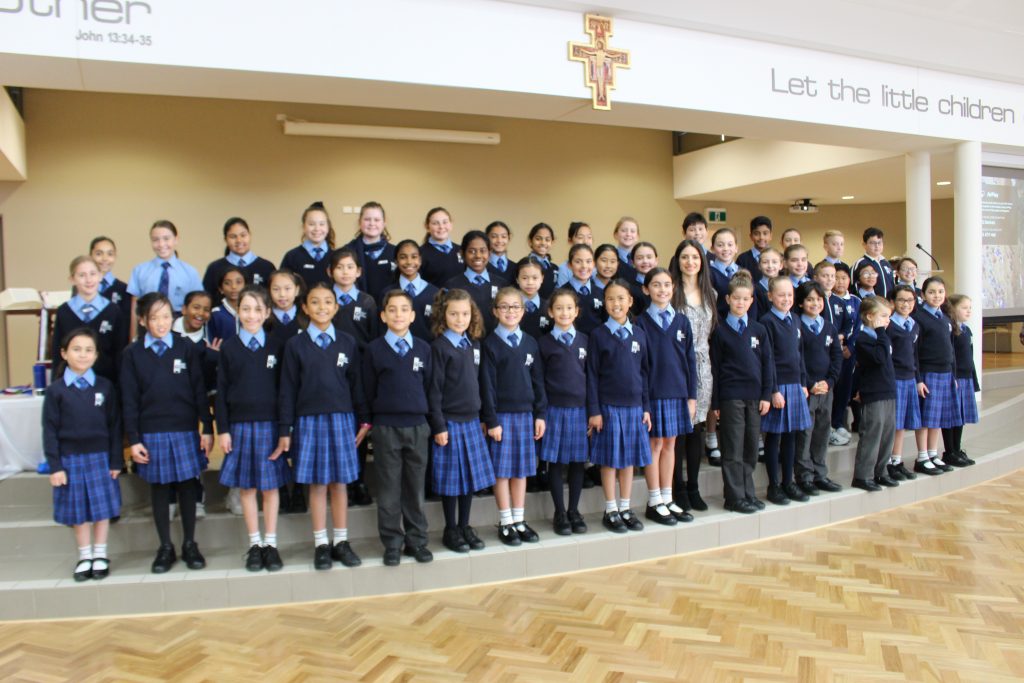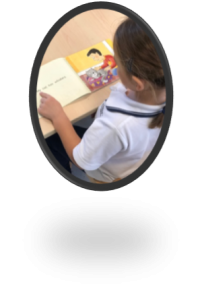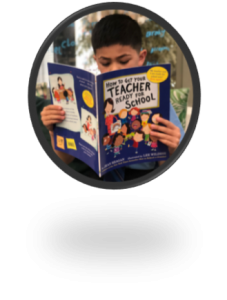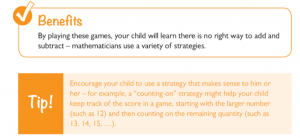

Assistant Principals’ News
Merit Awards for Week
Congratulations to the following students who will be presented with a Merit Award at the Assembly on Thursday 27 June 2019.
PPW Elena Hewlett, Emmeline Soh, Henry Willox, Matthew Tian
PPB Alex Eyre, Bree Cardenia, Portia Arvino, Taylor Jovanovic
1W Adam Han, Cristian Parise, Hayden Payne, Zoe Hessing
1B Jay Di Dio, Luigi Mammone, Amber Wallace, Miroli Fernando, Rocco Vinciullo
2W Caitlin Au, Owen Eyre, Bethany Seiku, Max Musca, Savio Paskin
2B Ariel D’Cunha, Kahlan Jovanovic, Sam Johns, Yvonne Tran, Amelia Chin
3W Miranda Doudakis, Sam Italiano, Luca Ortin-Sieczka, Kaitlin Soh
3B Marcus Xiong, Zac Mesiti, Cameron Chami, Grace Allpike, Mia Levings
4W Natalia Del Riccio, Nicholas Staltari, Ethan Johnson, Carla Previti, Gabriel Richardson
4B Henry D’Cunha, Keira Fruvall, Domenico Mammone, Allegra Scriva
5W Thomas Allpike, Campbell Tonkin, Minh Thu Do, Jillrey Rico, Lucia Gugola
5B Lillian Loh, Trian Nguyen, Austin Tutt, Zara Thaung
6B Andre Lucano, Don Jimmon, Dorothy Bao, Grace Astone, Lilly Middleton
6W Tahlia D’Souza, Jenna King, Alyssa Soh, Justin Soh, Jacob Wilathgamuwa
Reading Comprehension and Life Long Learning
Last week we had a very small group of parents who attended the Reading Comprehension Workshop. Some of the information included sharing what Reading Comprehension ‘looks like’ across various year levels. Parents were provided with some ideas to support Reading Comprehension at home in the early year levels which includes Pre-Kindy, Kindy and Pre-Primary; junior primary year levels which includes Year One, Two and Three and the upper primary year levels which include Years Four, Five and Six.
Reading Comprehension in the Early Years
-
- Ideas for Finding the Main Idea
Before reading:
-
- Look at the title and front cover to gather clues about what the story will be about.

- Look at the title and front cover to gather clues about what the story will be about.
During reading:
-
- Begin by looking at the pictures on each page and work together with your child to identify what the main idea is on each page.
- Once your child has built their confidence with finding the main idea on each page, move on to finding the main idea of the whole story.
- Look for clue words; Does the first or last sentence state the main idea?
After reading:
-
- Ask questions such as; What do you think the author is trying to tell us from this story?
 Retelling a story is also a key aspect when trying to identify what the main idea is.
Retelling a story is also a key aspect when trying to identify what the main idea is.
Reading Comprehension in the Junior Primary Years
Ideas for Finding Word Meaning in Context:
-
- Vocabulary is critical to reading success. Comprehension improves when you know what the words mean. Since comprehension is the ultimate goal of reading, you cannot overestimate the importance of vocabulary development.
- One way we overcome this is by teaching the children to find the meaning of the word by using the context of where it is.
- When you hear a word you don’t know, you can figure out the meaning of the word by how the person uses it.
- Clues are often in the sentence where the new word appears. Clues can also be in the sentences before and after the new word. Clues about themeaning of a new word are often found by thinking about the way the word is used in the sentence.
- Another way children learn how to decode the meaning of words is by identifying the base word and the prefixes and suffixes attached to it. Look at the word ‘happy’ by adding suffixes to it, it turns into happily, happier, happiest. When adding the prefix ‘un’ – suddenly the number of words doubles again!
Reading Comprehension in the Upper Primary Years
Ideas for Comparing and Contrasting
-
- If your family is planning a trip, or planning outing, compare and contrast can be used when looking at each of the options. Similarities are highlighted and differences are listed.
- Ask your child to make a decision using a compare and contrast Venn Diagram.
Mathematics information
Helping students understand and apply Mathematics knowledge and skills is a collective responsibility of parents, teachers and principals. Students need to learn mathematics in a way that will serve them throughout their lives. Understanding Mathematics can provide our students with many job and career opportunities. This is why students need to know why Mathematics works the way it does, how to use it with confidence and competence when solving problems.
Adding & Subtracting Made Fun
You can make up games that involve adding and subtracting numbers by using number cubes and number cards. Have your child help you make four or more sets of number cards. Each card will have a number from one to ten on one side of it. Here are some games to try:
-
- Higher Number. Shuffle or mix up the cards and then leave them face down in a pile. Each player takes two cards and adds the numbers. The player with the higher sum gets the other player’s cards. Players continue to take and add up two cards
at a time until no cards are left. The player with more cards is the winner. You can play the same game with subtraction, but it would be called Lower Number. The player with the lower difference (answer) gives his or her cards to the other player. The person with the fewest cards at the end is the winner. You can play the same game with multiplication. - Number Cube Twice. Each player rolls two number cubes and adds the numbers shown. The higher number wins. You can play the same game with subtraction and multiplication.
- Higher Number. Shuffle or mix up the cards and then leave them face down in a pile. Each player takes two cards and adds the numbers. The player with the higher sum gets the other player’s cards. Players continue to take and add up two cards

Year 1-2 Question
Julie is 8 centimetres shorter than her brother Daniel.
How tall is Julie, if Daniel is 141 centimetres tall?
Year 3-4 Question
Jimmy swims one lap of the swimming pool in 1 minute and 12 seconds.
How long would it take Jimmy to swim 10 laps?
Year 5-6 Question
Millie needs to cook a roast lamb for 1 hour and 50 minutes at 356°C.
How much does the roast weigh in kilograms, if the recommendation is 20 minutes for every 250 grams?
Please add your answers to the boxes in the Library.
Semester Reports – SEQTA Engage
Educational research shows that parental involvement and encouragement plays a significant role in a student’s success in school.
For parents to be actively involved they need up to date information on their child’s schooling. SEQTA Engage provides this information with one click of a mouse! SEQTA Engage is a web portal, allowing parents and students to log on to the Infant Jesus School’s Learning Management System (SEQTA), at any time and on any device.
How to reset a forgotten password:
- Go to the Infant Jesus School Website homepage – http://www.infantjesus.wa.edu.au and choose the SEQTA Engage tab at the bottom left hand corner.
- From the SEQTA Engage login page, click the Forgot your password?
- Enter in your email address. If SEQTA has an account associated with this email address, it will send you further information to assist in accessing your account.
- Then click reset my password.
- If your username and email address are correct and if SEQTA can find an account with those details, you will receive an email directly from SEQTA with further instructions.
- Please go to your email to retrieve instructions on how to reset your password.
Follow the link in the email to reset your password. The link is only active for ONE HOUR
If you need any further assistance with this, please contact the school for further information.
#ExpectGreatThings


© Infant Jesus School 2017
17 Smith St, Morley WA 6062
Tel: (08) 9276 1769 | Fax: (08) 9276 2998
Website by Chameleon Logic








